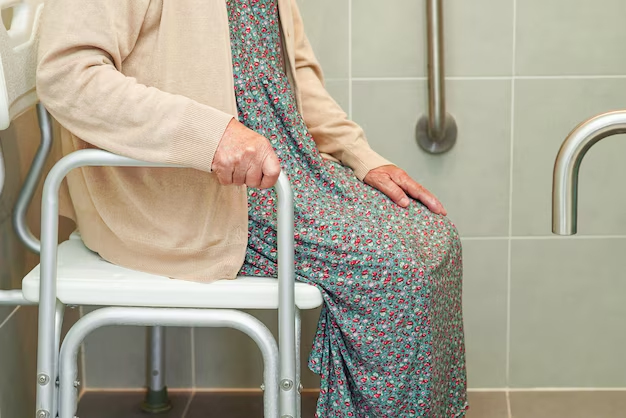Discover Practical Ways to Manage Incontinence with Ease
Navigating the world of incontinence can feel daunting, but you're not alone. Many people face the challenge of managing incontinence, and there are practical ways to regain control of your life. Whether you're experiencing urinary or bowel incontinence, there are solutions and resources available to help you live more comfortably and confidently.
Understand the Basics of Incontinence
Incontinence is the involuntary loss of urine or feces, which can occur for various reasons, including age, pregnancy, surgery, or certain medical conditions. Recognizing the type and cause of incontinence is the first step towards effective management. Consulting with a healthcare professional can provide a tailored approach to your situation, exploring options like pelvic floor exercises, bladder training, medication, or even minimal surgical procedures when necessary.
Lifestyle Adjustments for Better Management
Diet and Hydration: Monitoring your fluid intake can prevent your bladder from becoming overactive. Limiting caffeine, alcohol, and spicy foods—which can irritate the bladder—may also help reduce symptoms.
Regular Exercise: Strengthening your pelvic floor muscles through exercises such as Kegels can significantly reduce episodes of incontinence. Consistency is key, and these exercises can often be done discreetly.
Use of Incontinence Products: Today’s incontinence products are discreet and effective, ranging from pads and panty liners to special underwear designed for both men and women. Experimenting with different products until you find the right fit can provide peace of mind.
Emotional and Social Support
Join Support Groups: Connecting with others who understand your experiences can be empowering. Support groups offer a space to share tips, talk about challenges, and gain emotional support.
Online Communities: Many online forums provide a platform for individuals facing similar issues to share advice and encouragement. These communities can offer valuable insights and new management strategies.
Explore Financial Assistance and Resources
Dealing with incontinence can sometimes involve financial strain due to necessary medical consultations and products. Fortunately, there are various programs and resources designed to alleviate these burdens.
Government Aid Programs: Medicaid or Medicare may offer coverage for necessary medical supplies. Check your eligibility for assistance related to incontinence supplies.
Nonprofit Organizations: Some charities focus on providing free or low-cost incontinence products to those in need. Searching for local resources can unearth valuable support systems.
Bridging the Gap with Financial Solutions
In conjunction with managing incontinence, it's essential to have access to financial and educational resources to ensure long-term stability and well-being.
Educational Grants: If incontinence has hindered your ability to work or study, educational grants and resources can provide additional support for career growth and skill development.
Debt Relief Options: Explore organizations that offer debt counselor services to mitigate financial pressures, allowing you to focus more on your health.
Credit Solutions: Engaging with credit counselors can provide strategies to manage existing debt, helping you stay financially afloat while addressing your healthcare needs.
By taking proactive steps and utilizing available resources, you can effectively manage incontinence while also securing financial stability. Remember, seeking help is a sign of strength, and making these adjustments can greatly enhance your quality of life.
Resources to Explore:
- 🏥 Medicare/Medicaid: Coverage for medical supplies related to incontinence.
- 🤝 Nonprofit Aid: Organizations offering free incontinence products.
- 💳 Credit Counseling Services: Support in managing personal debt.
- 🎓 Educational Grants: Assistance for career growth or skill development.
- 💼 Debt Relief Programs: Professional services to ease financial burdens.
Navigating this journey requires patience and effort, but with the right support and resources, you’re well-equipped to handle the challenges of incontinence.

Related Topics
- a Patient You Are Caring For Uses Incontinence Briefs
- Are Incontinence Products Tax Deductible
- Are Incontinence Supplies Covered By Medicare
- Are Incontinence Supplies Tax Deductible
- Can a Bladder Infection Cause Urinary Incontinence
- Can a Kidney Stone Cause Incontinence
- Can a Urinary Tract Infection Cause Incontinence
- Can a Uti Cause Incontinence
- Can Constipation Cause Incontinence
- Can Constipation Cause Urinary Incontinence